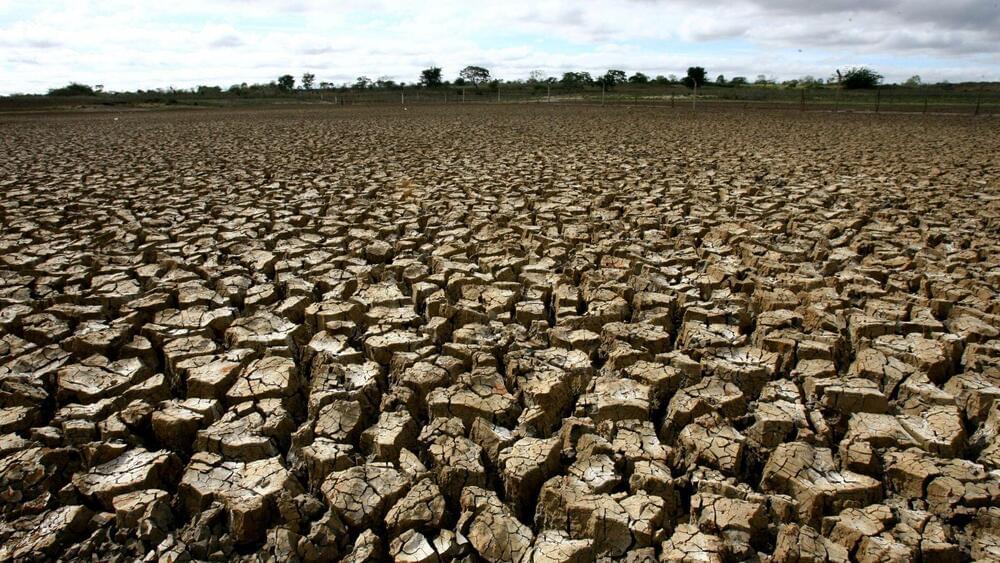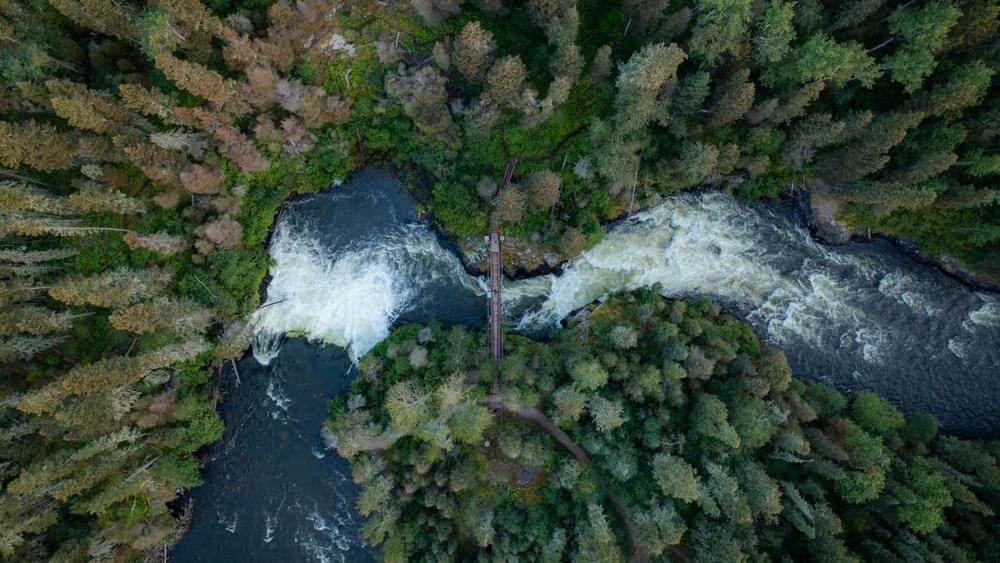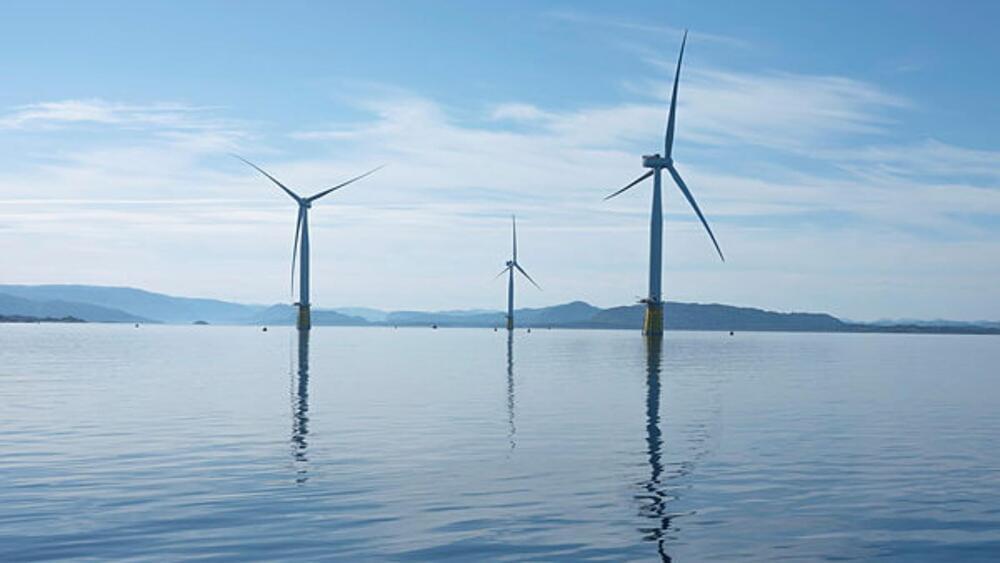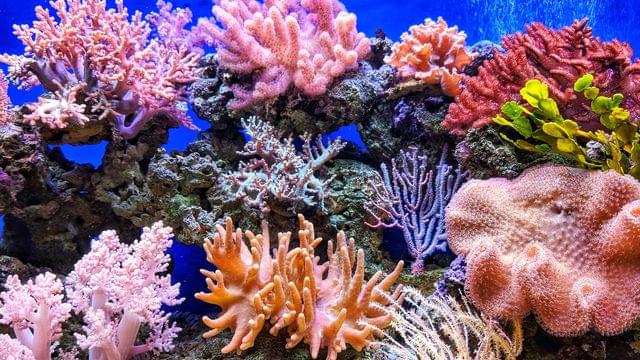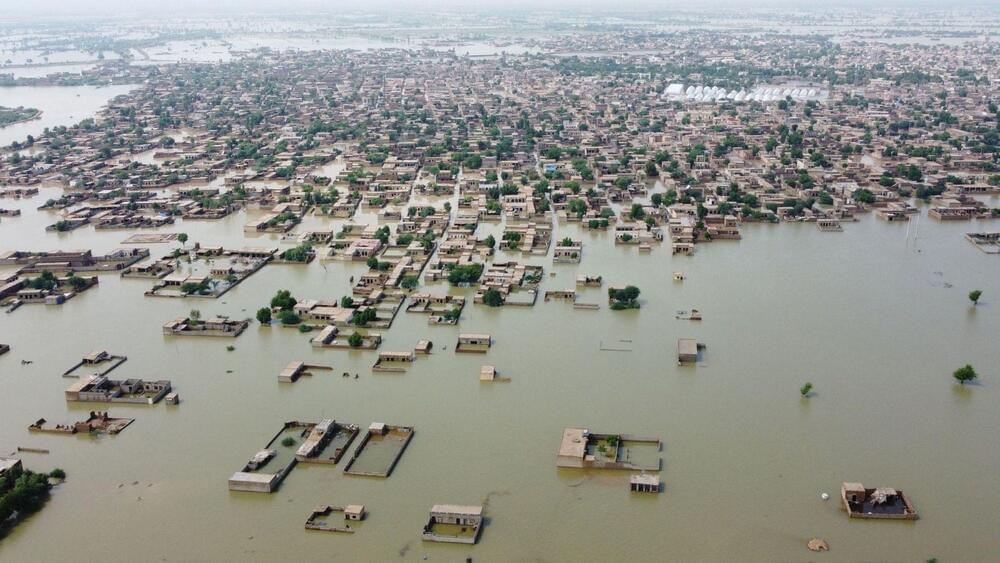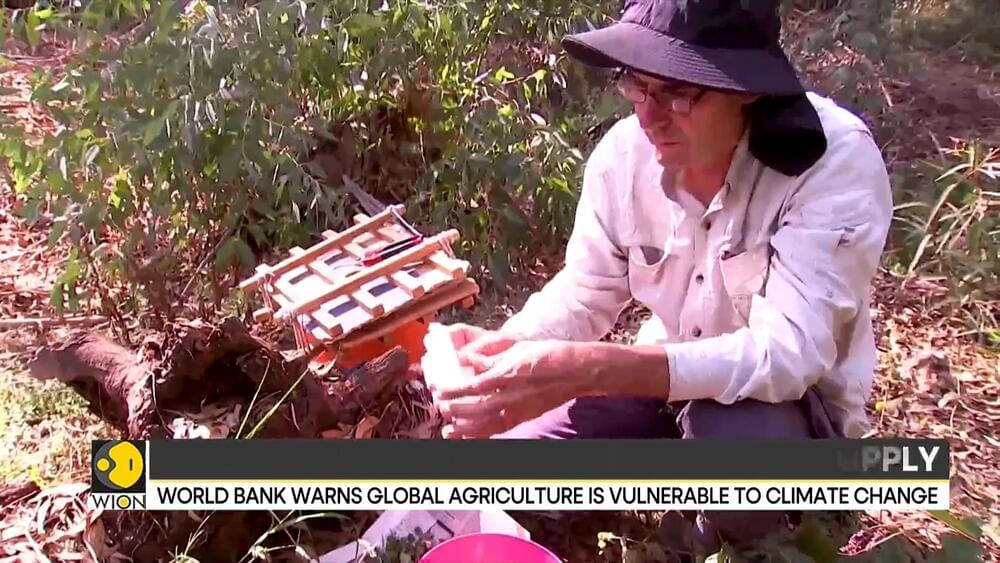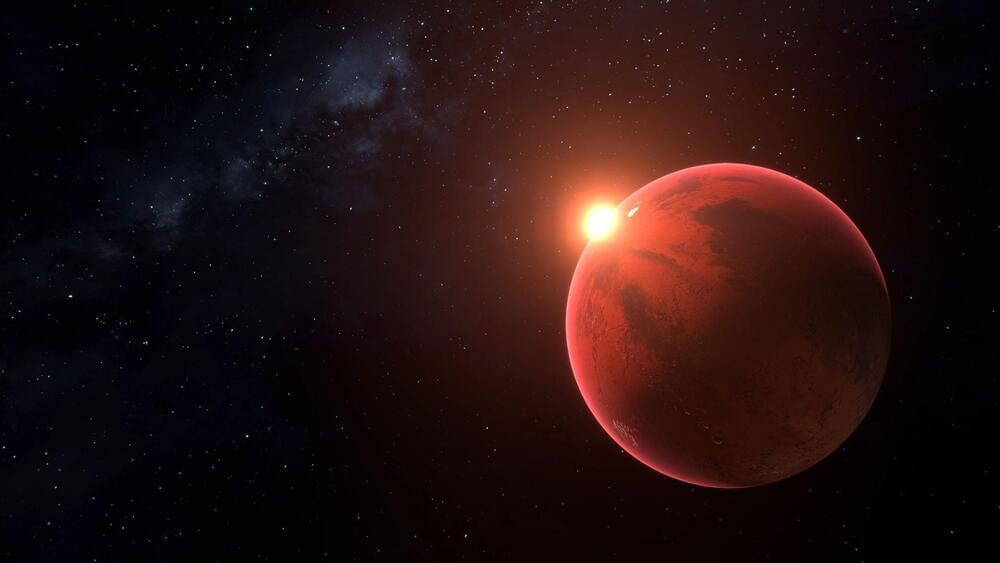Nov 20, 2022
Even a small nuclear war could cause global famine — here’s what the data shows
Posted by Gemechu Taye in categories: climatology, computing, existential risks, geopolitics, military, nuclear weapons, treaties
Nuclear arsenals remain large enough to fundamentally shift the Earth system in the blink of an eye.
The U.S. and Russia have recently agreed to hold talks on the New START Treaty, and the only accord left regulating the two largest nuclear arsenals in the world. While this is undoubtedly good news, we must not allow it to lull us into complacency. Global events this year, most notably in Ukraine, have raised fears of a nuclear conflict to levels not seen since the cold war. More than 10,000 nuclear warheads remain in the world, and the Kremlin’s language regarding weapons of mass destruction has become increasingly threatening in 2022.
Global famine and climate breakdown
Continue reading “Even a small nuclear war could cause global famine — here’s what the data shows” »
